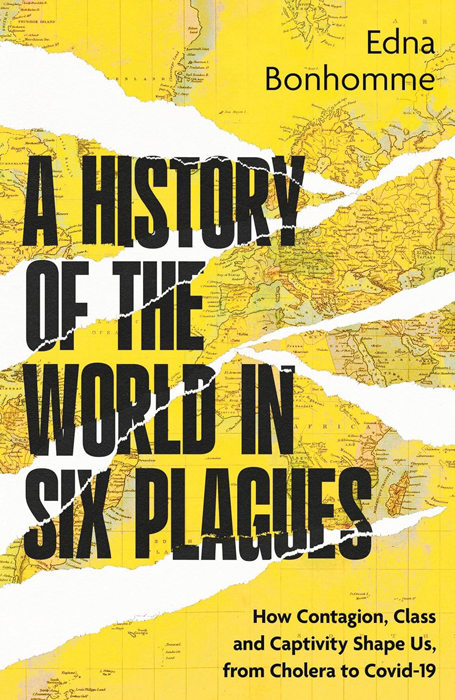Few people like to be confined, and even fewer like to be captive when there is an outbreak. In the spring of 2020, people in lockdown worldwide slid into paralysis when the threat of a new virus halted society. Glossing over the necessity to document the early stages of the Covid pandemic from Wuhan, the author Fang Fang noted: “If authors have any responsibilities in the face of disaster, the greatest of them is to bear witness. I’ve always cared about how the weak survive great upheavals. The individuals who are left out – they’ve always been my chief concern.”
Fang Fang’s lockdown diary, which was widely circulated in China, sounded the alarm about the pandemic through a series of terse reflections. She illustrated how people endure long stretches of captivity during a time when disease, and by extension, death have taken hold. Like writers such as Virginia Woolf, who experienced the 1918 Spanish flu pandemic, Fang Fang explores the complexities of illness confinement with a bold narrative. The story of how people cope with their illness during periods of captivity is both familiar and unequivocal, especially when the prosaic safety of free movement vanishes like water on a hot summer day.
- Lockdown lesson: Nature can lead you to a world full of wonder
- These young migrants made photo diaries of life in lockdown
- Social enterprises are the road back from Covid
A History of the World in Six Plagues explores the historical, philosophical and psychological events that arise when people endure an epidemic. Lockdowns intended to maintain health, along with people’s responses, have led to revolt and misinformation, but they have also prompted moments of contemplation. In some instances, campaigns that aimed to ensure the health of a nation also generated a subclass of people, scapegoats who were the most vulnerable.
My book is structured Janus-faced. On one side, most of the world is unaware of microorganisms, even as novel sciences emerge. As such, people’s understanding of disease transmission and treatment remains narrow. On the other side is the post-mass vaccination age. Microbiology has become a well- established field that people in the global north generally understand, but medication and health are not evenly distributed. In my chapters on HIV and Ebola, I illustrate how behind the walls of prison or in the postcolonial city, access to healthcare is not a given.
Moreover, A History of the World in Six Plagues explores how scientific racism also shaped who was perceived to be susceptible to cholera and what treatment entailed. Cholera posed a global threat throughout the 19th century. By mid-century, public health officials began to address the disease by improving water quality and sewage systems. However, in plantations, prevention and treatment took on a more pseudoscientific flair, such as the use of camphor or castor oil. I examine how formerly enslaved people in the United States wrote about illness, forced confinement, and black physicians during the 19th century.
Get the latest news and insight into how the Big Issue magazine is made by signing up for the Inside Big Issue newsletter






